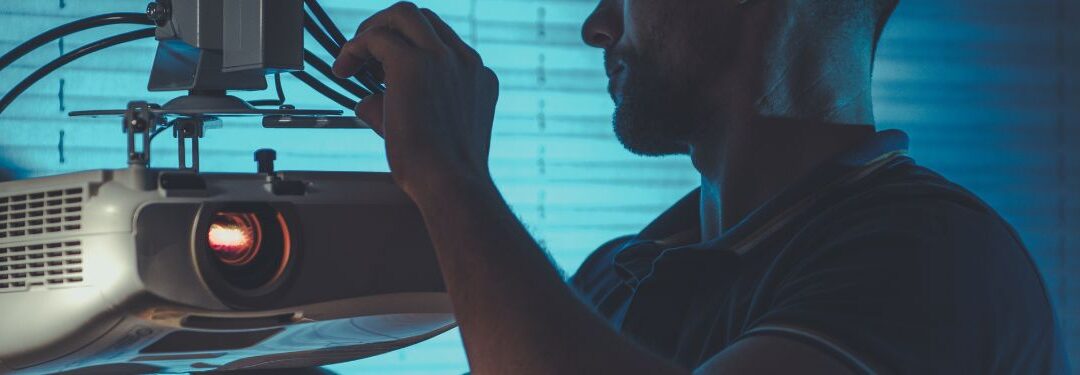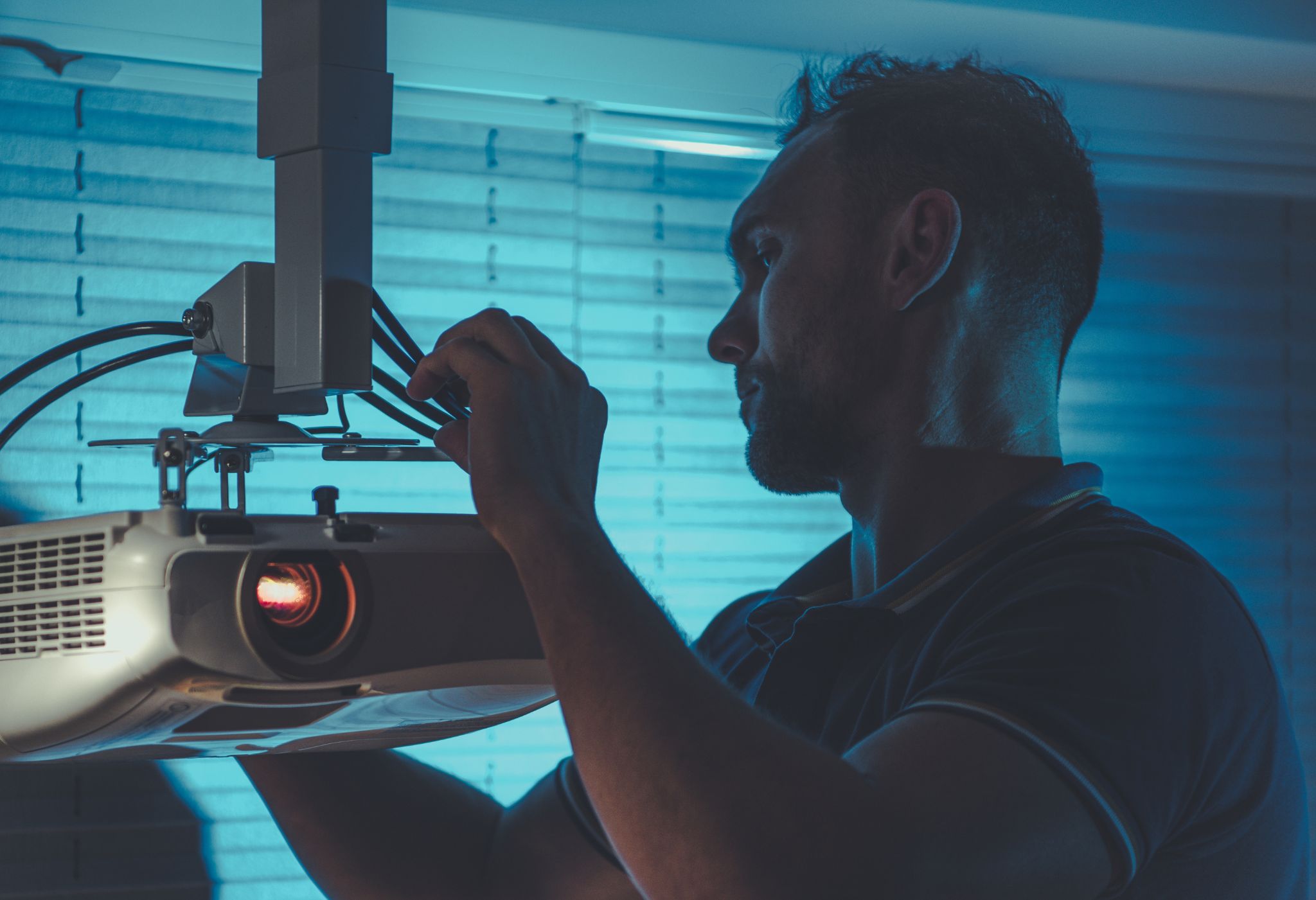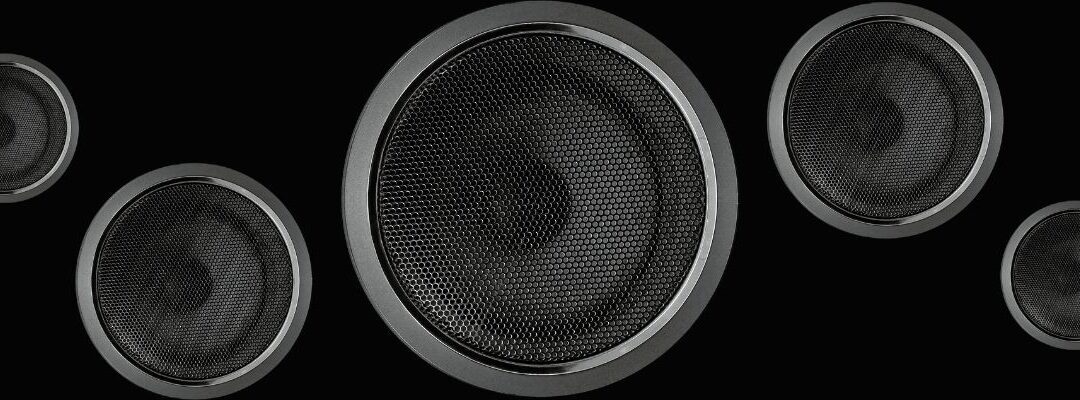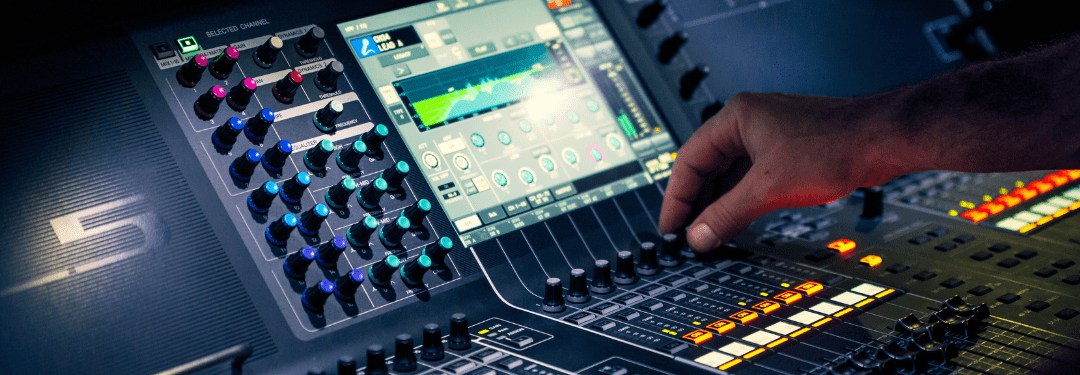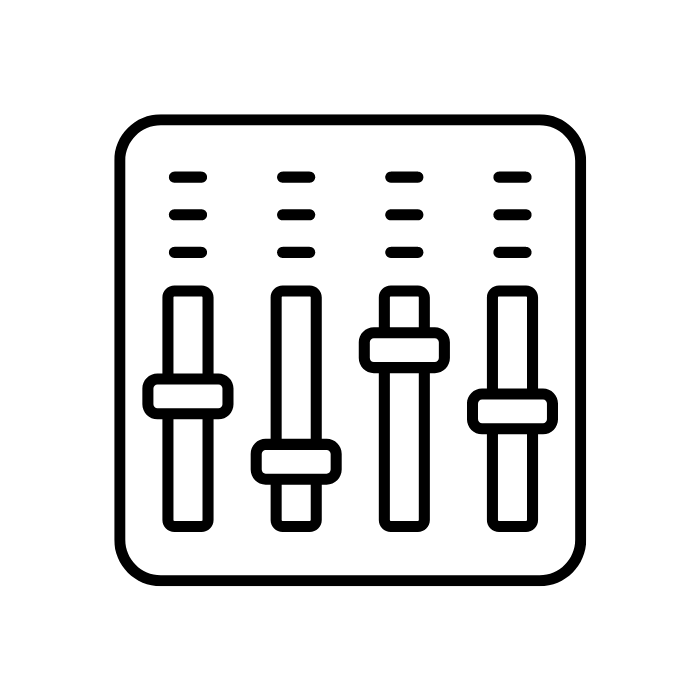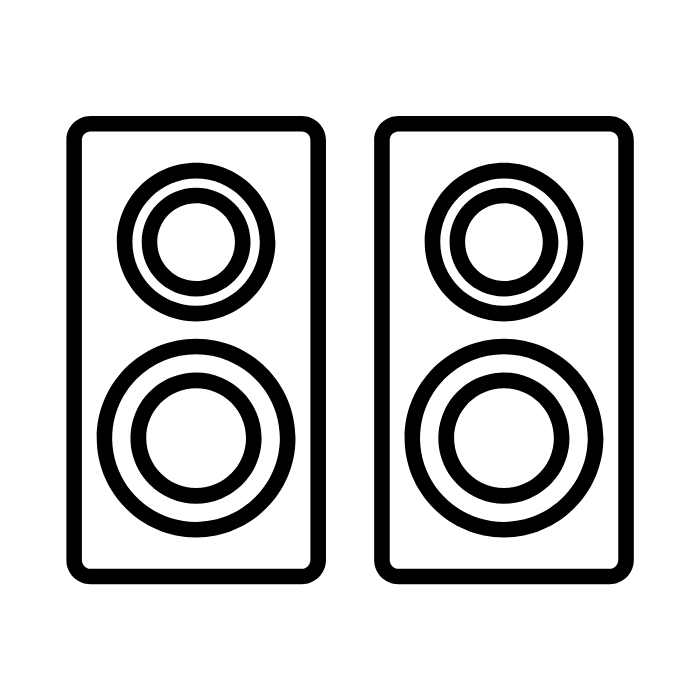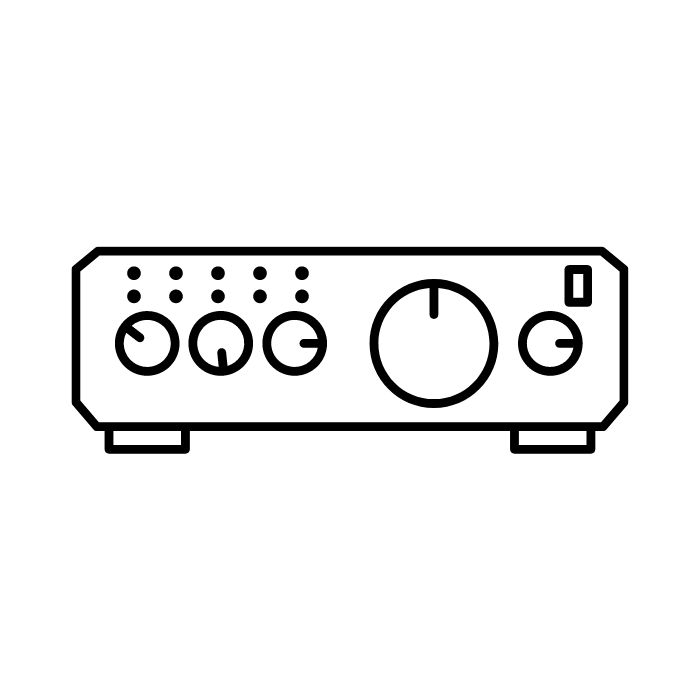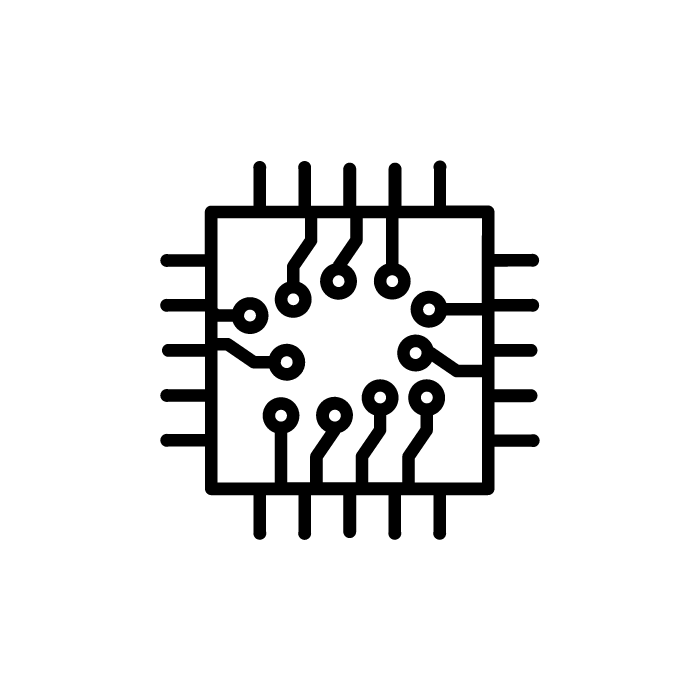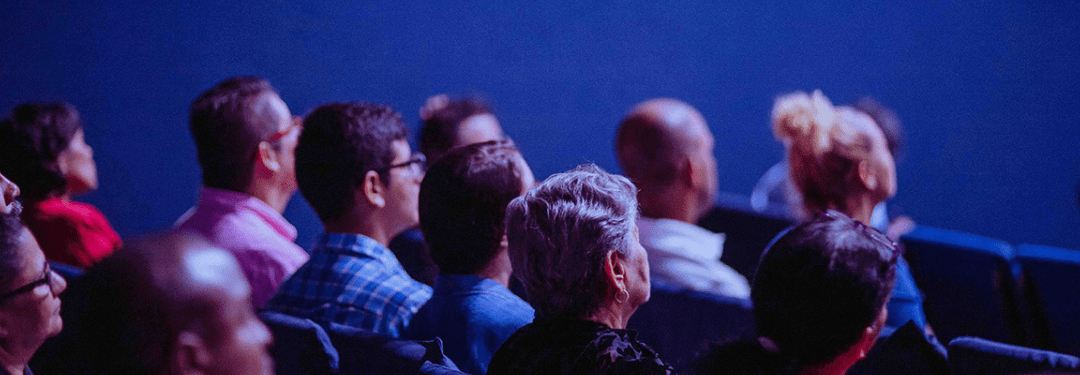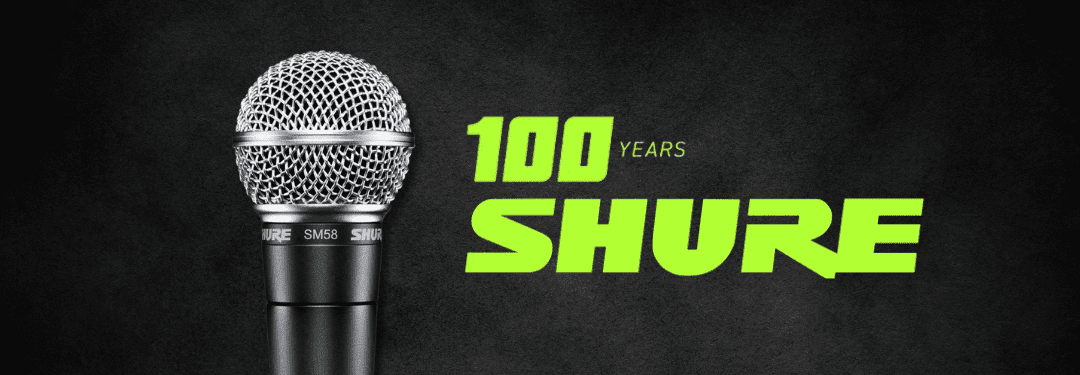
Manufacturer Spotlight: Shure
At Starlite, we take audio seriously. While many recognize us for our professional lighting expertise, our roots run just as deep in the world of AV solutions. From the best Shure wireless systems to top tier speakers, our team of audio professionals understand the technical nuances of sound. We know that when it comes to reliability, clarity, and innovation, there’s one name that consistently rises to the top—Shure.
As a trusted authorized dealer for decades, we don’t just sell Shure products; we invest in them. We rely on Shure for our wireless systems in rental inventory because we know our clients trust us to provide the best. And we trust Shure to deliver flawless performance, time and time again.
A Legacy of Excellence: 100 Years of Shure
Founded in 1925 by S.N. Shure as “The Shure Radio Company,” the brand started by selling radio parts kits in Chicago, Illinois. Over the past century, Shure has set the benchmark for audio quality, evolving into a global leader in sound technology. Their products have become synonymous with durability, reliability, and industry-standard excellence. Whether for performers, broadcasters, or AV integrators, Shure has been at the forefront of audio innovation, engineering products with a deep understanding of real-world needs.
The Products That Define Audio Excellence
Shure’s product line spans an impressive array of professional audio solutions, from high-performance mixers and DSPs to industry-leading in-ear monitoring systems. But where Shure truly shines is in the world of microphones and wireless systems.
Some of the most trusted microphones in the industry include:
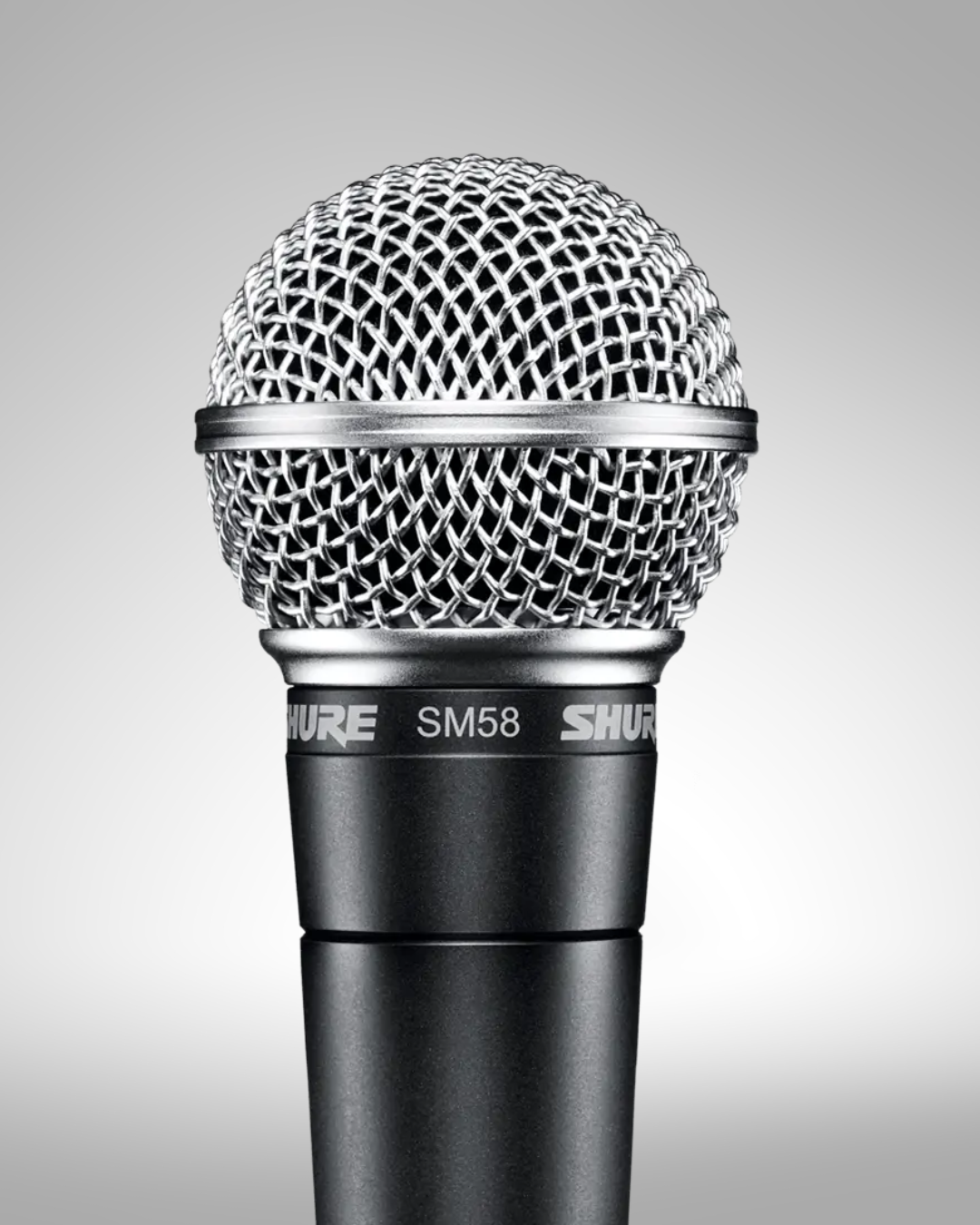
SM58
The gold standard for live vocals, built like a tank and designed to handle any performance environment.
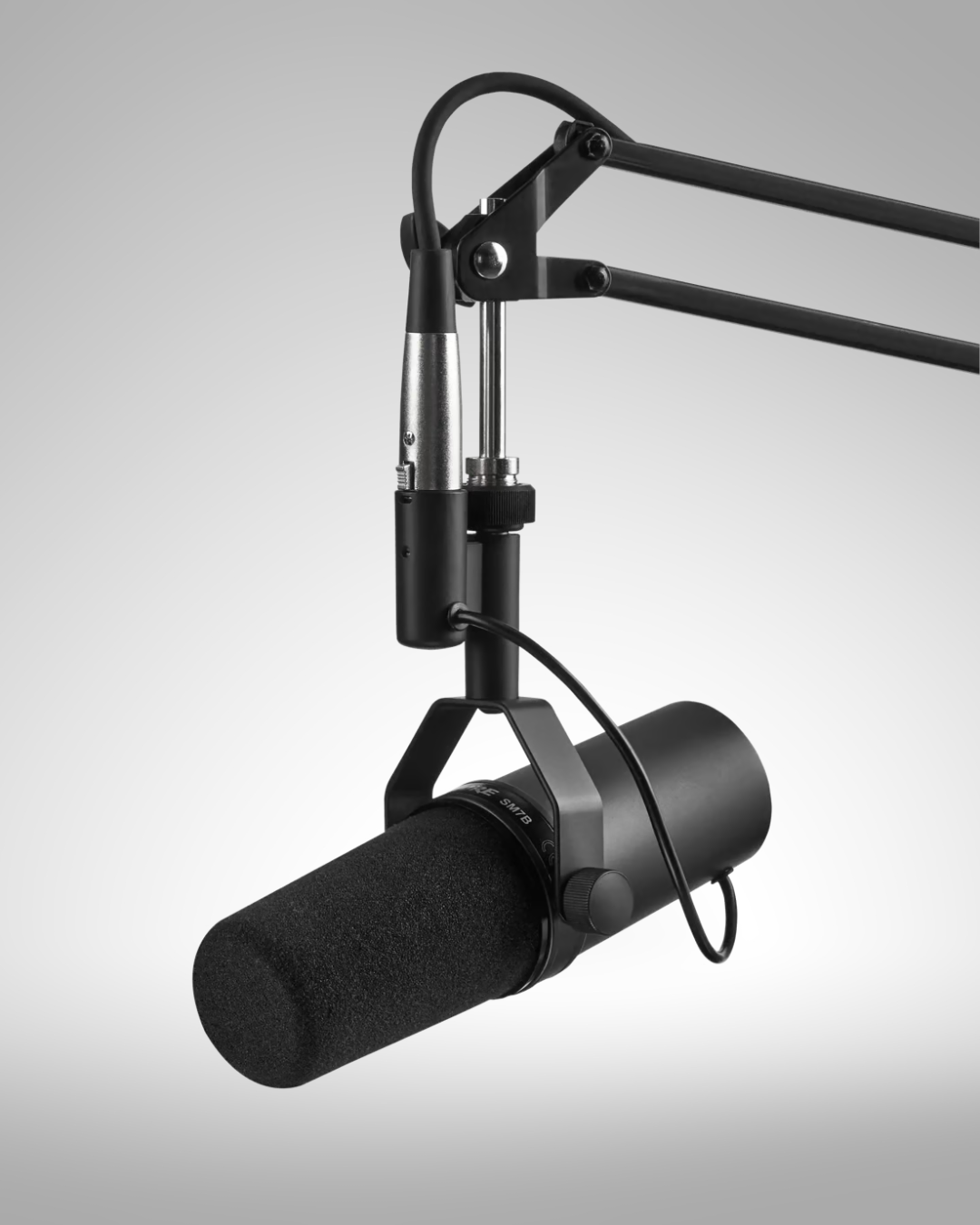
SM7B
A favorite among podcasters, radio hosts, and vocal recording artists for its rich, warm sound.
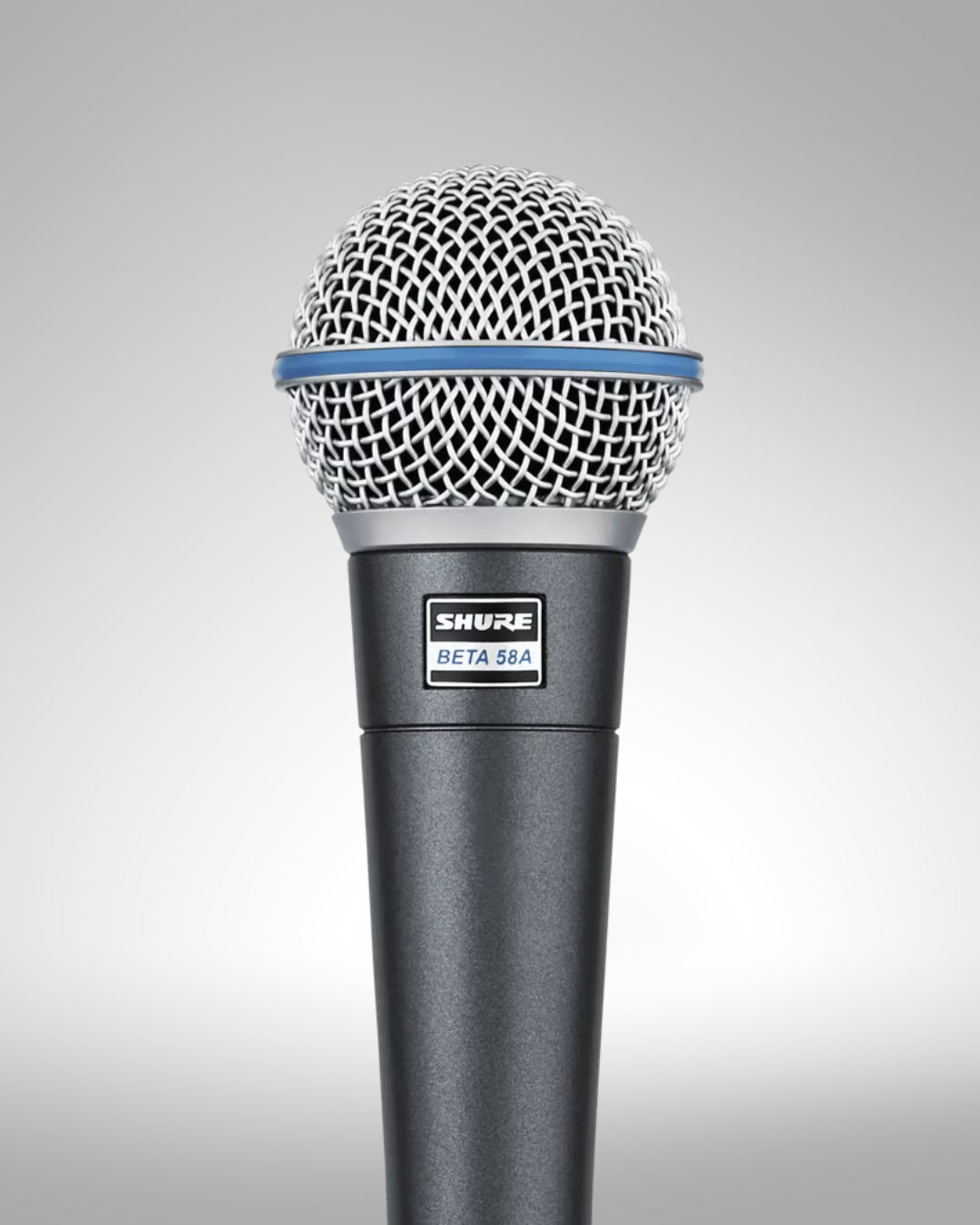
Beta 58A
A refined version of the SM58 with enhanced clarity and high output.

KSM9
A premium condenser microphone known for its studio-quality sound in live applications.
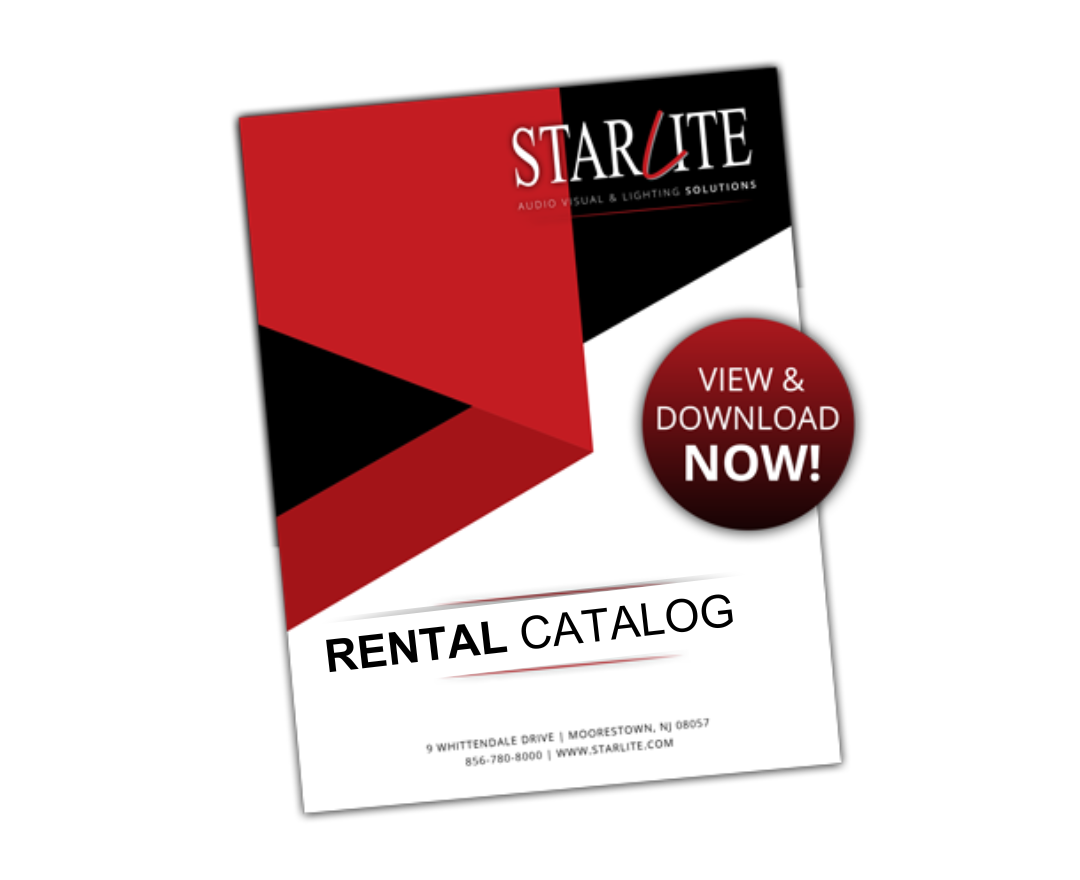
And when it comes to wireless systems, Shure leads the pack with:
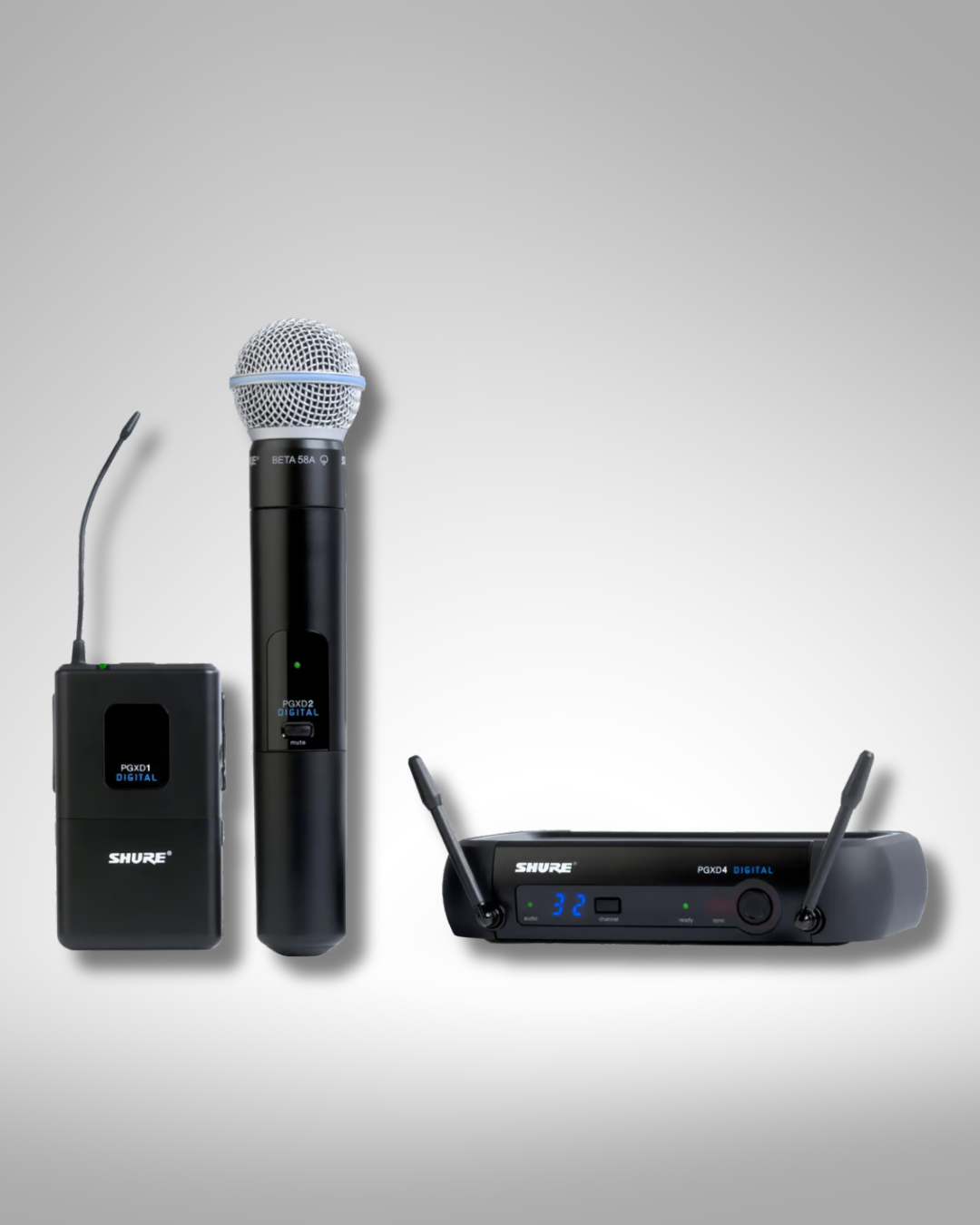
PGX-D Digital Shure Wireless System:
A simple yet effective wireless setup designed for musicians and presenters who need clear sound and ease of use.
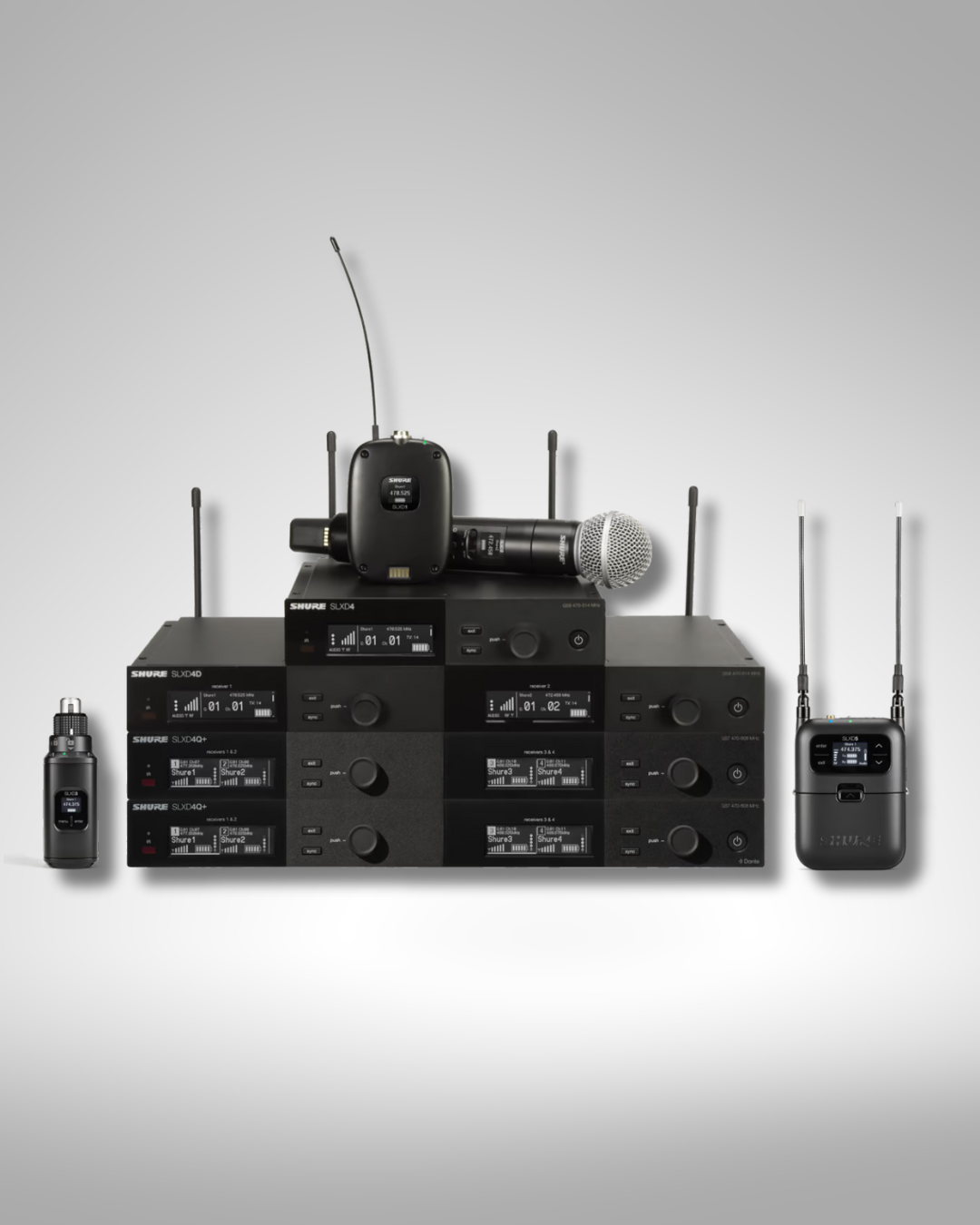
SLX-D Digital Shure Wireless System:
A reliable digital wireless system ideal for presentations, houses of worship, and live performances.
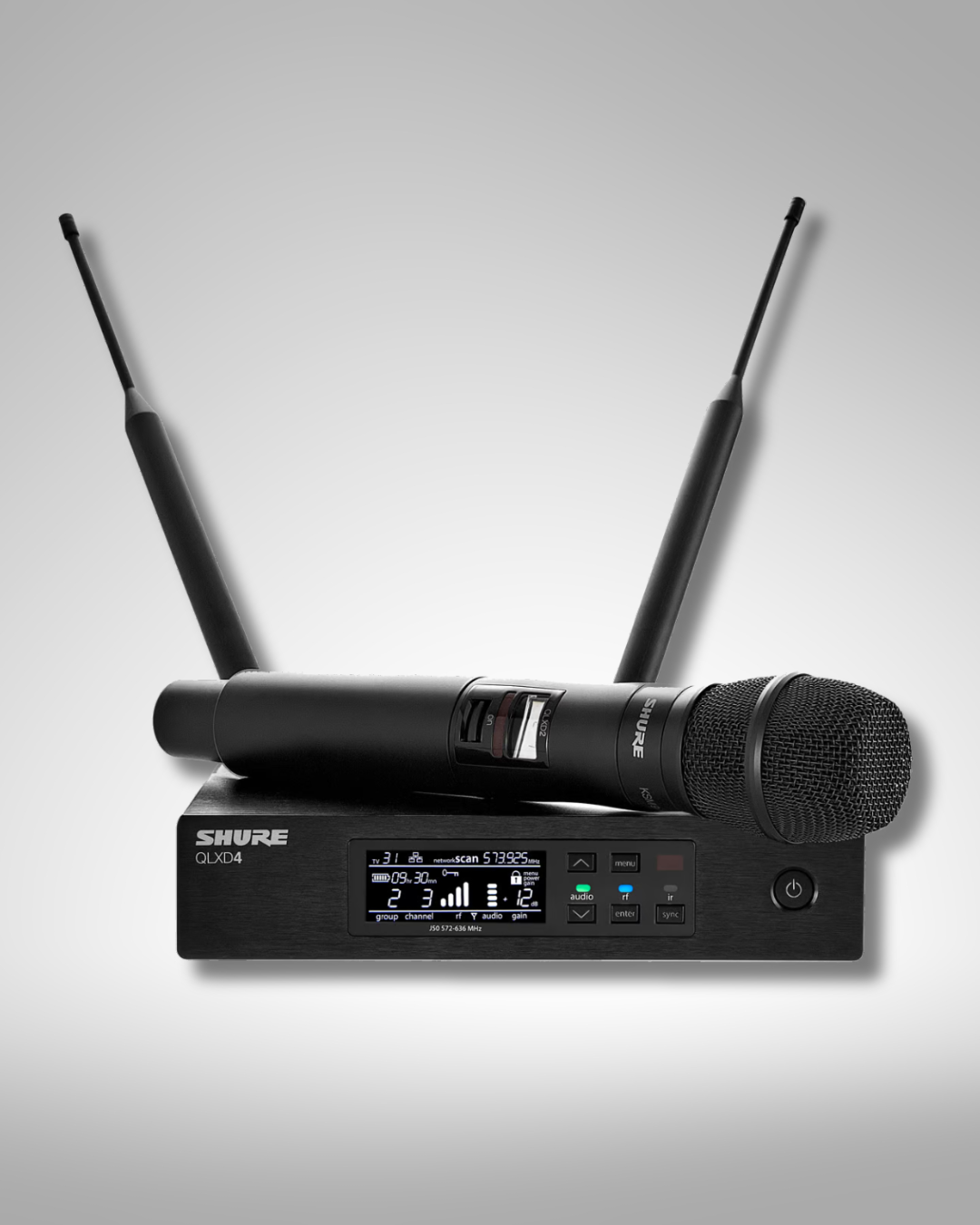
QLX-D Digital Shure Wireless System:
A high-quality wireless solution that balances performance and affordability, making it a top choice for schools and corporate events.
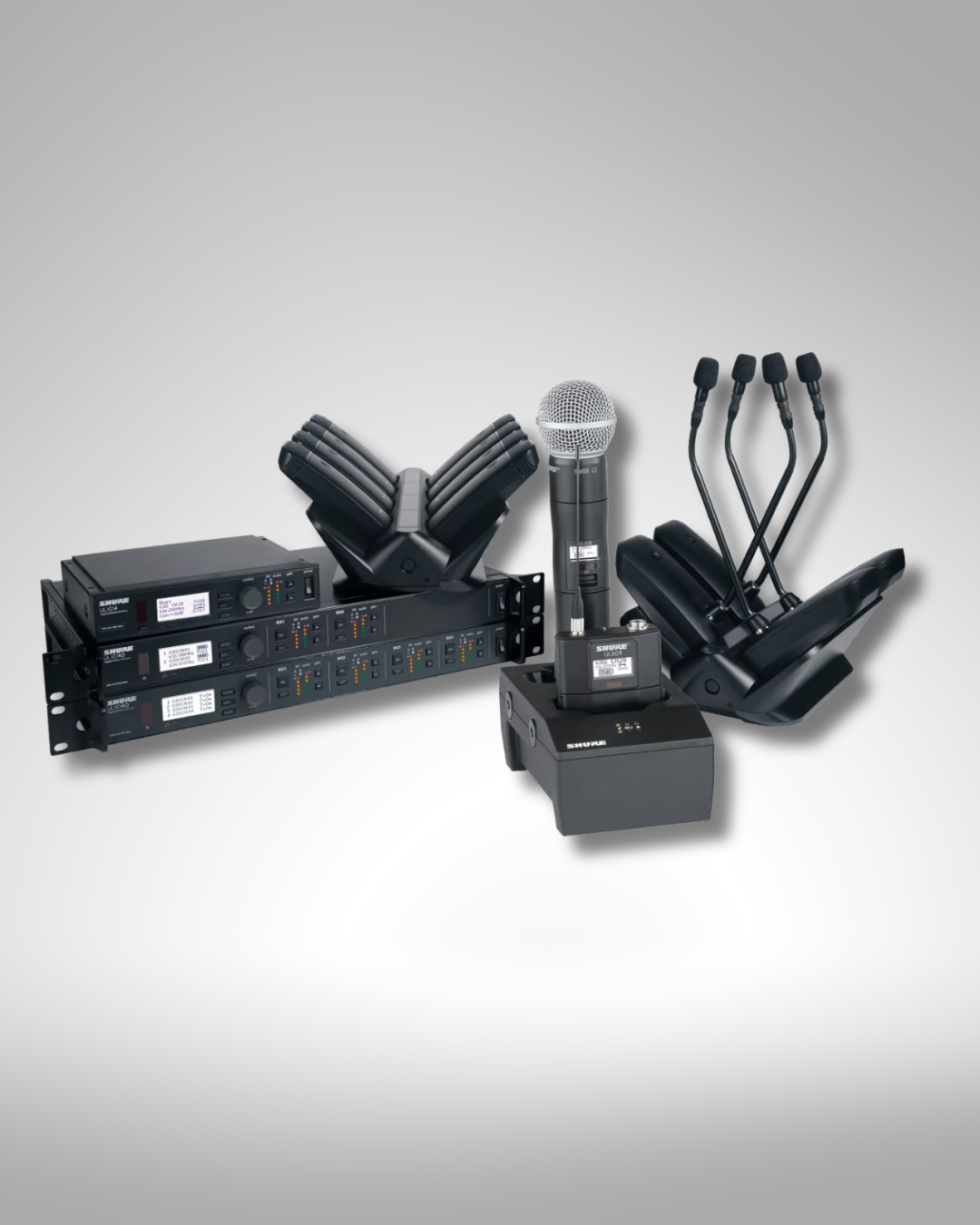
ULX-D Digital Shure Wireless System:
A professional-grade system that delivers pristine audio quality and networked control, perfect for demanding productions.
Why Shure?
Shure isn’t just another audio brand—it’s a company that redefines and reshapes the industry. With a relentless commitment to innovation, Shure continuously evolves its product line to meet the highest professional standards.
-
Unmatched Audio Fidelity: From corporate presentations to live events, Shure’s products ensure every word and note is delivered with crystal-clear precision.
-
Built to Last: Shure’s microphones, in-ear monitors, and digital signal processors (DSPs) are renowned for their durability, built to withstand the demands of even the most rigorous applications.
-
Fair and Honest: Shure is committed to transparency and integrity in its client relationships, ensuring that users get the best solutions tailored to their needs.
Trusted by Professionals: At Starlite, we’re not alone in our trust in Shure—broadcasters, performers, and audio engineers worldwide depend on Shure to power their sound.
Trust Starlite. Trust Shure.
At Starlite, we know sound. Our clients return to us because they trust our expertise, and we deliver that trust in every Shure product we recommend. Whether you’re outfitting a corporate conference room, a live performance venue, or a house of worship, Shure ensures that your message is heard—loud and clear.
Looking to upgrade your audio setup? Let’s talk about how Shure can elevate your next project.
